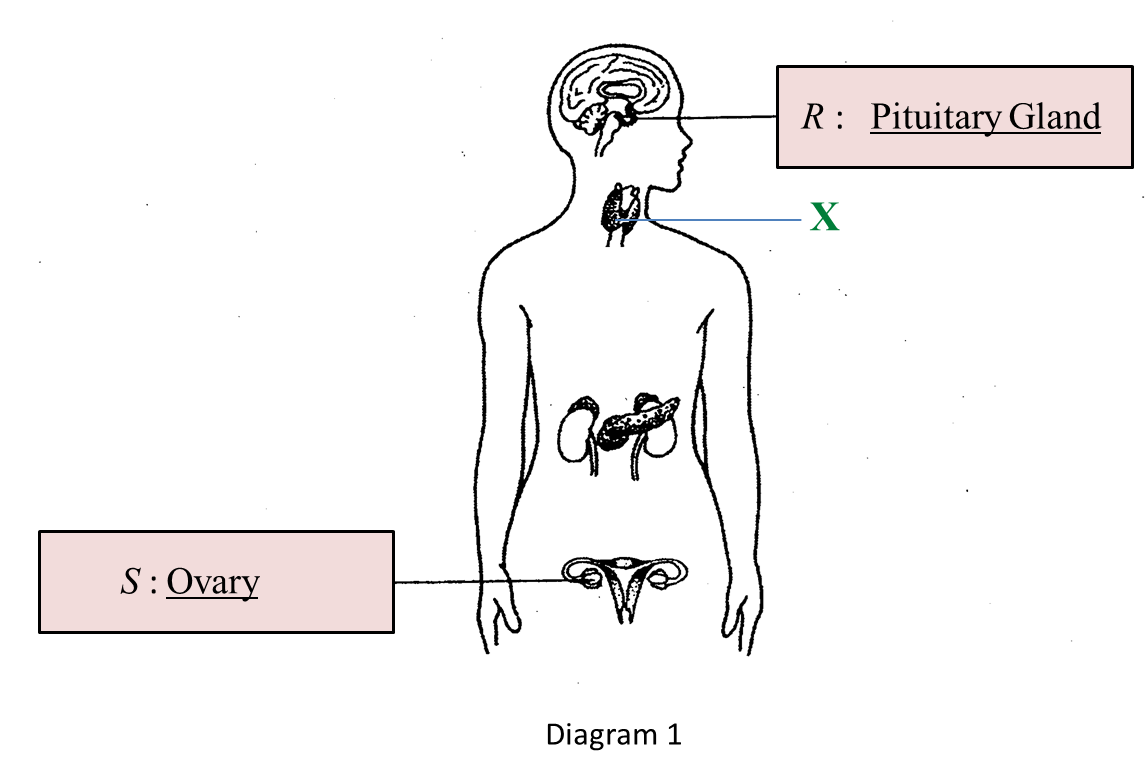Question 1:
Diagram below shows a plant cell as seen under an electron microscope.

(a)(i) On the diagram, label the structures A, B, C and D.
(2 marks)
(a)(ii) State the function of structure A and structure D.
(2 marks)
(b) Explain the role of C to maintain cell turgidity.
(2 marks)
(c) Every somatic cell which contains structure B has a potential to form a complete new organism.
(i) Name the technique used to produce new plants in large quantities.
(1 mark)
(ii) By using one suitable part of the plant, explain the technique in (c)(i).
(4 marks)
Answer:
(a)(i)
A: Chloroplast
B: Nucleus
C: Vacuole
D: Golgi apparatus
(a)(ii)
A: Absorbs light energy for photosynthesis.
D: Collects chemical produced and pack them in a membrane to form secretory granules.
(b)
- Maintain the osmotic concentration of the cell sap.
- If the cell is flaccid, more water will enter the cell by osmosis.
(c)(i)
Culture tissue / Cloning
(c)(ii)
- Use shoot / root / meristem issue
- Wash and treat with the sterilizing agent hydrogen peroxide.
- The tissue or explant is cultured in a nutrient medium, at a suitable temperature and pH value.
- Cells divide by mitosis to form a callus.
- The callus differentiates to form a clone.
Question 2:
Diagram below shows the structure of an animal cell.
 (a)(i)
(a)(i) On the diagram, label the structures R and T.
(2 marks)
(a)(ii) Explain the function of the chromosomes.
(2 marks)
(b) Explain what will happen to the production of extracellular enzymes if the Golgi apparatus and T are absent.
(4 marks)
(c) Explain why the sperm cells contain more mitochondria.
(2 marks)
(d) Explain why lysosomes help in eliminating damaged organelles in the cells.
(2 marks)
Answer:(a)(i)
R: Plasma membrane
T: Rough endoplasmic reticulum
(a)(ii)
Chromosomes carry genetic material which is transferred from the parent to the offspring.
(b)
If T (the rough endoplasmic reticulum) is absent, there will be less ribosomes in the cells. Only the free ribosomes in the cytoplasm will synthesise proteins/ enzymes. Without the Golgi apparatus, enzymes which are proteins cannot be packaged or processed to be transported out of the cell.
(c)
Sperm cells need a large amount of energy so that it can swim towards the uterus for fertilization.
(d)Lysosomes contain hydrolytic enzymes/ lysosomes which will digest/ hydrolyse damages organelles, absorb the useful nutrients and eliminate the waste.


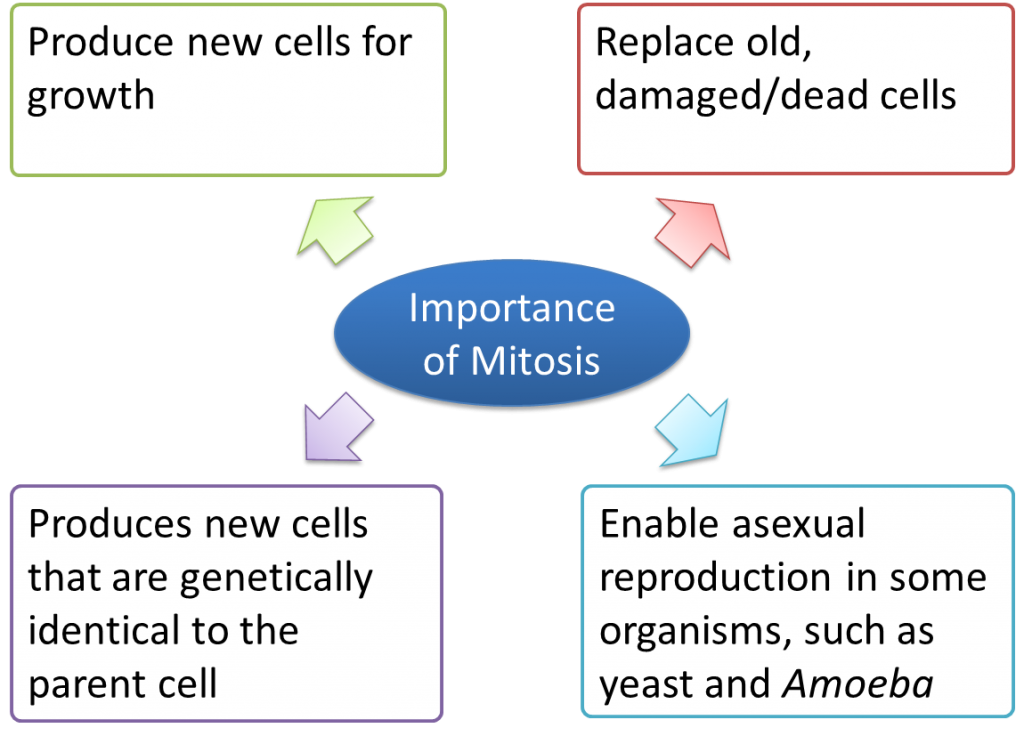
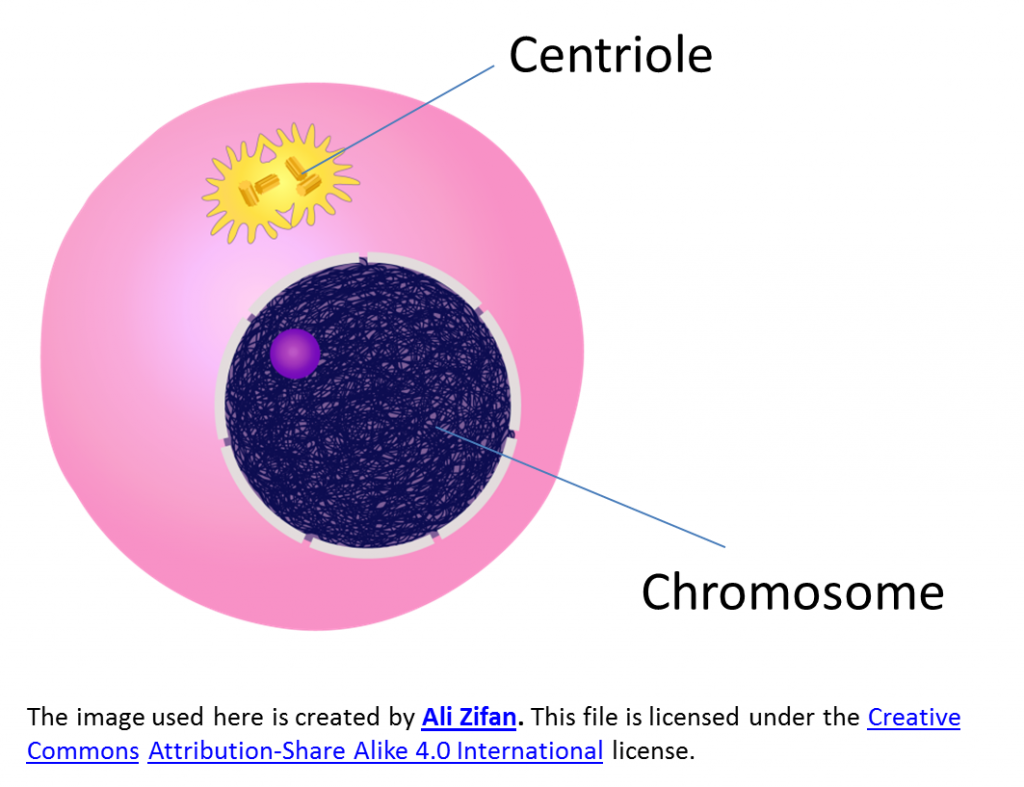
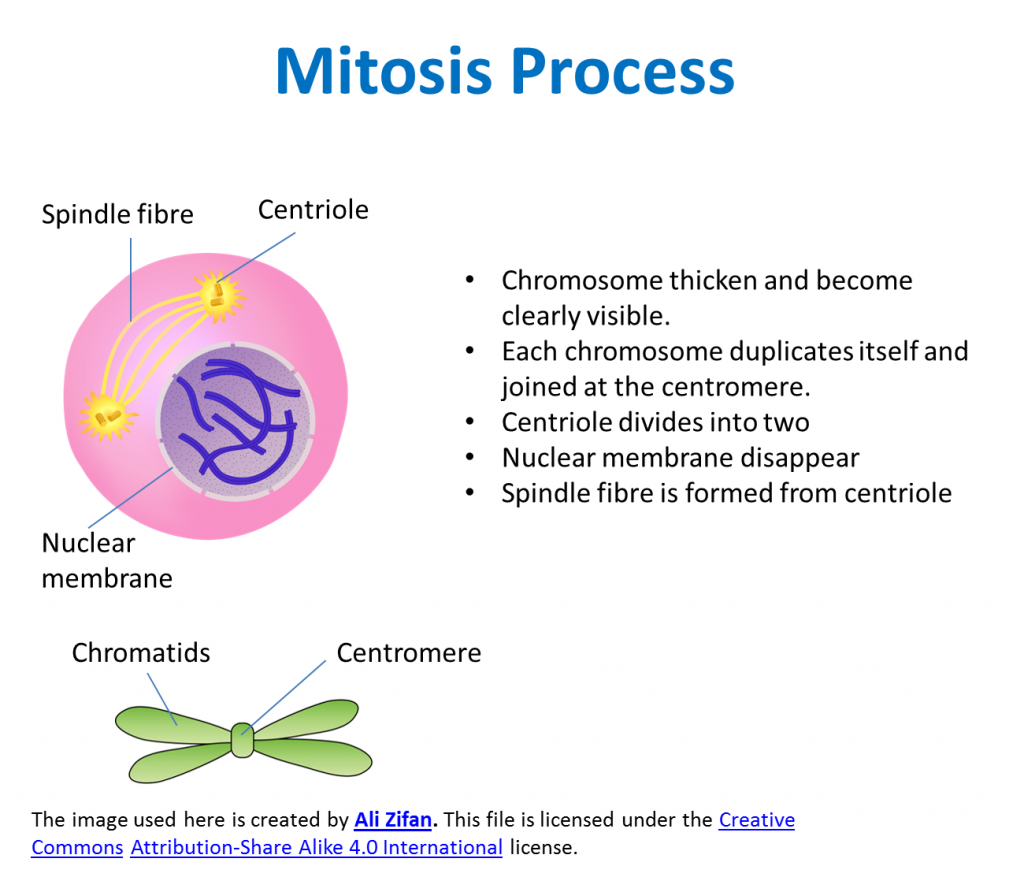
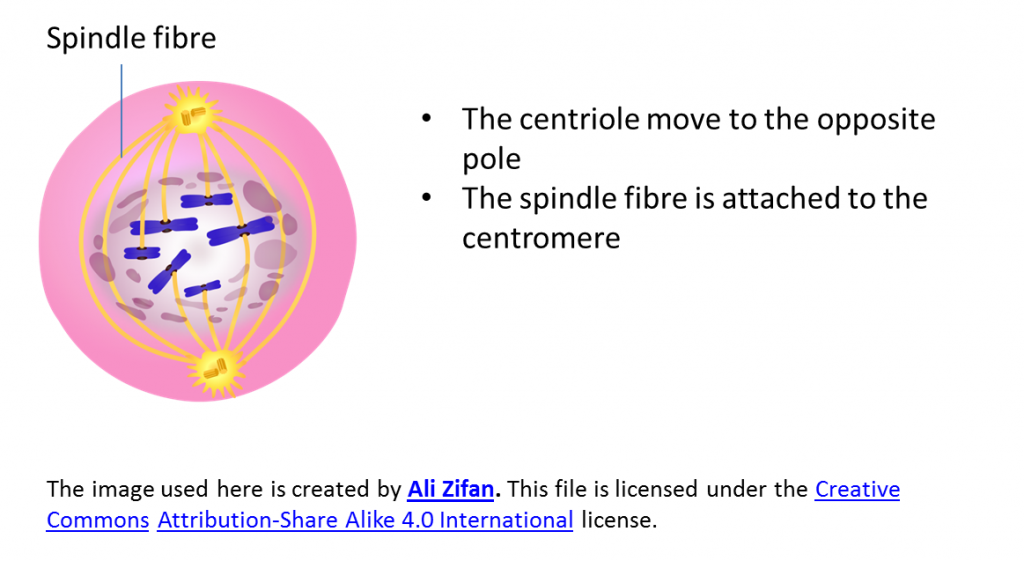
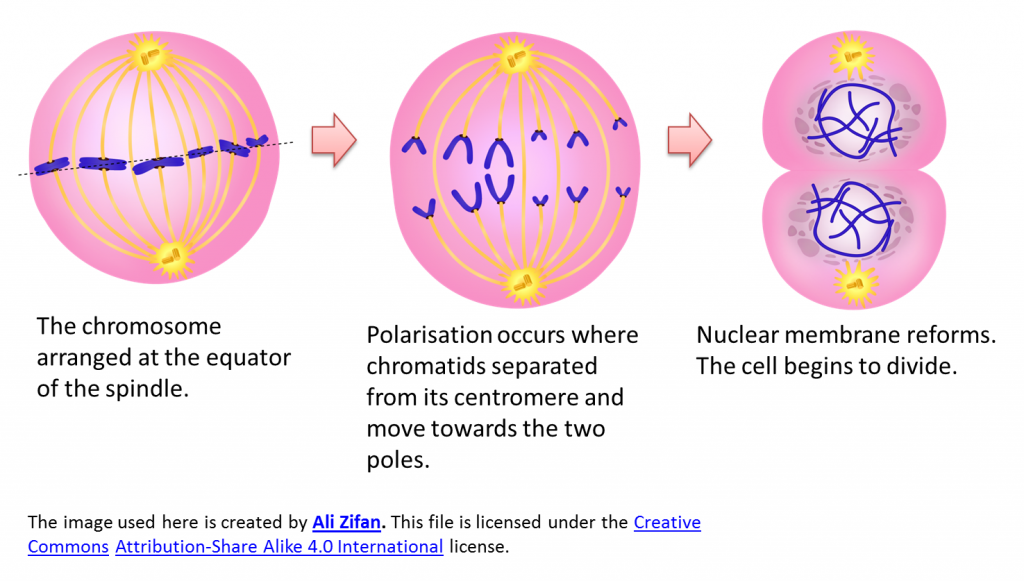

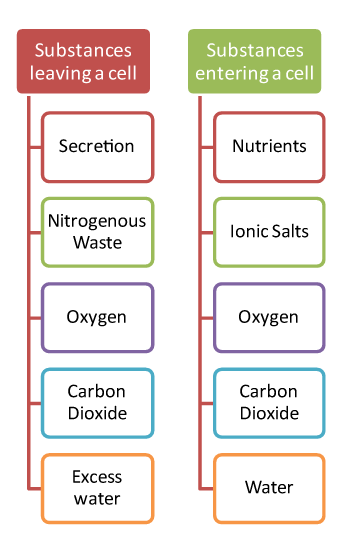





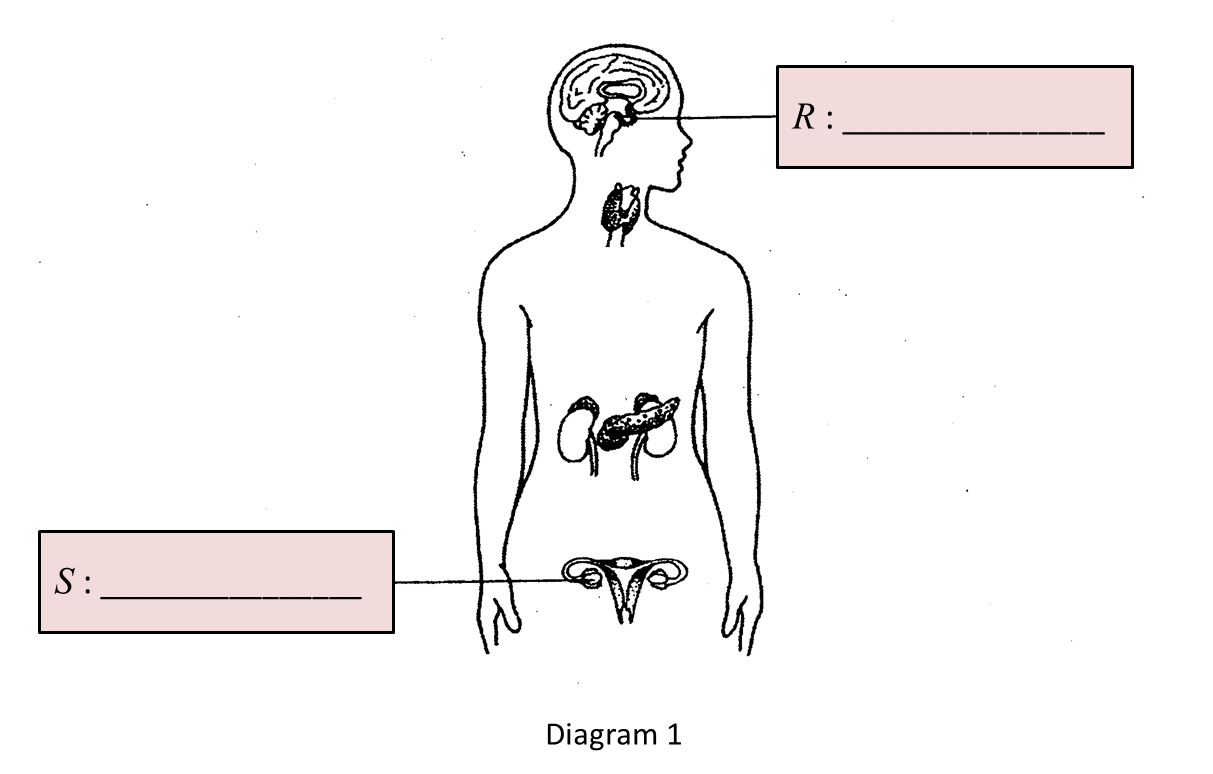 (a) Name glands R and S in the boxes provided in Diagram 1.
(a) Name glands R and S in the boxes provided in Diagram 1.